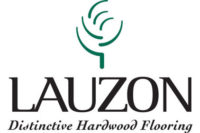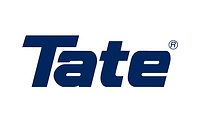Tate Celebrates 50 Years in the Access Floor Industry

Tate, a market leader in the manufacture of raised floors and airflow management solutions, is celebrating 50 years in the access floor industry.
Tate Architectural Products Company (TAPCO) was formed in 1963 and, that same year, designed a steel panel for the new access floor industry. The following year, the newly designed steel panels were released to the market and the first panels were sold to the Naval Facility Computer Room in Norfolk, Va.
In the early 1960s, raised access flooring was introduced to large mainframe computer rooms as a means to manage cable and power distribution.While the use of raised floors in mission-critical facilities continued to grow, the systems were not often specified for offices until the early 1980s, followed by a General Services Administration (GSA) adoption and mandate.The introduction of the U.S. Green Building Council’s Leadership in Energy and Environmental Design (LEED) rating system further demonstrated the many environmental benefits of access floors, particularly underfloor air distribution. Today, approximately 25 percent of all office buildings and nearly 90 percent of all data centers in the U.S. are built with raised floors.
The Jessup, Md., manufacturing facility that now houses Tate’s headquarters was built in 1965, and in 1985, the company name changed from TAPCO to Tate Access Floors Inc., before being purchased by the Kingspan Group PLC in 2001. Today, Tate is the largest raised access floor manufacturer in North America and has supplied more than 600 million square feet of raised floor in commercial office buildings, educational facilities, data centers and clean rooms around the world.
“The fact that raised floor installations have increased during one of the largest downturns in commercial construction history is no coincidence,” said Donal Curtin, general manager at Tate. “The design/construction community is building offices today using more flexible and environmentally friendly solutions. Raised floors with underfloor air and service distribution complement this strategy by helping accommodate unknown future change and reducing the overall carbon footprint of the building.”
To learn more about these and other Tate products, visit the Tate website at www.tateinc.com.
Looking for a reprint of this article?
From high-res PDFs to custom plaques, order your copy today!





